JBL 305P MKII
Sound Character is Key
The ability to focus on the finer details of your mix leads to a more consistent end product. The JBL 305P MKII, at its entry-level price (see current price), is another JBL product with high-quality sound reproduction capabilities. The sound profile is defined by a deep and clear bass, which provides a well balanced low-end without overpowering the mix.
The speakers also feature a high-precision double flared port, which in combination with the sub offer a highly detailed and extensive soundscape. The 305P MKII uses the JBL’s staple Slip Stream port destined for bass signal improvement.
The highs are bright, but without the harshness that can be common in budget monitors, allowing the sound to be adapted to long working hours. To ensure this, they use magnetically-shielded, HF transducers, which lower distortion levels, and respectively, decrease ear fatigue. We can’t stress enough how important this feature is during the mixing process, allowing your best judgment in terms of mix balance to be much more sustainable.
The Control Waveguide
The technology that stands behind JBL’s top-notch signal is the Image Control Waveguide. You’ll find the “guide” close to the tweeter and it is somewhat similar to a horn, but it is basically the technology that JBL patented that ensures a very wide sweet spot that allows you to hear the signal evenly whatever the listener’s position in the room.
The tweeters also allow you to hear a cleaner high-end transients and expand your sense of spatial positioning. Even “loaded” mixes acquire a sense of spatial clarity, which will allow you to edit and mix your songs with meticulous clarity. So generally speaking, the primary intention of the JBL 305P MKII is to nullify the peculiarities of the environment and create an equally satisfying soundscape.
If you look at the big picture, you will see how quality stereo imaging is being particularly stressed among monitor manufacturers as of late. This laudable effort has been undertaken by JBL as well. They’ve presented the 305P as an affordable monitor with the features and soundstage of high-end products.
This series of monitors is available in three different iterations to meet the needs of most sonic environments: the 305P, which features a 5″ sub, the 306P with a 6.5″ sub and finally the 308P with an 8″ sub. Compared to the original 305’s, JBL has improved their transducers on the 305P, which ensures a high-definition and highly dimensional stereo image. And I must say, when it comes to the JBL 305P MKII, the stereo imaging is quite impressive.
Who are these speakers fit for?
Given the speakers’ very affordable and reasonable price, the 305P MKII should surely become the candidate for your first pair of speakers if you’re looking into building your first home studio. Furthermore, neither should experienced producers shy away from considering these monitors as a viable option and additional listening and mix source.
These speakers will surely be a suitable option not only for musicians and producers, but for sound engineers and representatives of other adjacent niches like broadcast production and film, due to the high-definition stereo imaging properties of these monitors, which allow you to get a more precise understanding of the sound you’re mixing or producing.
The Weigh-In
Let’s look into the physical characteristics. Each speaker weighs a little over ten pounds, or 4.5 kilograms. This is slightly on the heavier side for their size, but that isn’t necessarily a bad thing. You don’t really move your speakers around too often. Especially given their stereo imaging properties, you won’t really have to move them once you’ve decided their final position.
The 305P’s case is made of Medium Density Fiberboard, with a height of 11.7 inches, a depth of 9.1 inches and a width of 7.3 inches. Its maximum sound capacity clocks in at around 108 dB.
The Case for a Ported Case
To get a proper understanding of what the JBL 305P MKII speaker sounds like, we need to look into a bit of detail. Not for long, I promise. These speakers come with a ported case. This means that the monitor has a hole in its case that is there to level out pressure between the inside and outside of the speaker. This has a special impact on the character of the sound the monitors deliver. The signal is louder, more impulsive; it may also be called “boomy.” At the same time, this allows the speaker to be more power efficient and lets you have some economy on the amp power.
Ported boxes also tend to be less accurate and can introduce undesirable low-end resonance which can cause the bass to sound “smeared”. However, in combination with the JBL Control Waveguide, which stabilizes the output sound, you get a loud, yet faithful sound as a result.
Before we move on, please note that you can receive a fantastic signal with both sealed or ported cases. The main difference between the two is how they handle bass. Neither one should be discriminated against and although you should proceed with caution with cheaper ported models, the JBL 305P MKII does a great job at its price point. I, for instance, prefer closed boxes, because I prefer a tighter sound to my speakers even at the cost of some bass power. So it’s somewhere in between personal preference and the way the sound is handled by the speaker manufacturer that should guide your buying process when it comes to ported monitors.
In Conclusion
I strongly recommend these speakers. Its price to value ratio is simply impeccable and difficult to compete with. If this is potentially your first pair of speakers, you will make a great investment that will serve you well for years to come. If you’re at the very beginning of your path as a music producer, the JBL 305P MKII speakers will give you a lot of insight on mixing your tracks, due to its stereo imaging properties. This technology is not very common in speakers in the 305P price range.
The speakers are available in the US as of March 2018, and will be available for purchase in Europe slightly closer to Summer 2018. If you’ve had the chance to hear them, or even purchased them already, we’re really looking forward to hearing your opinions on this pair of monitors. And as always, thanks for reading, and happy producing.

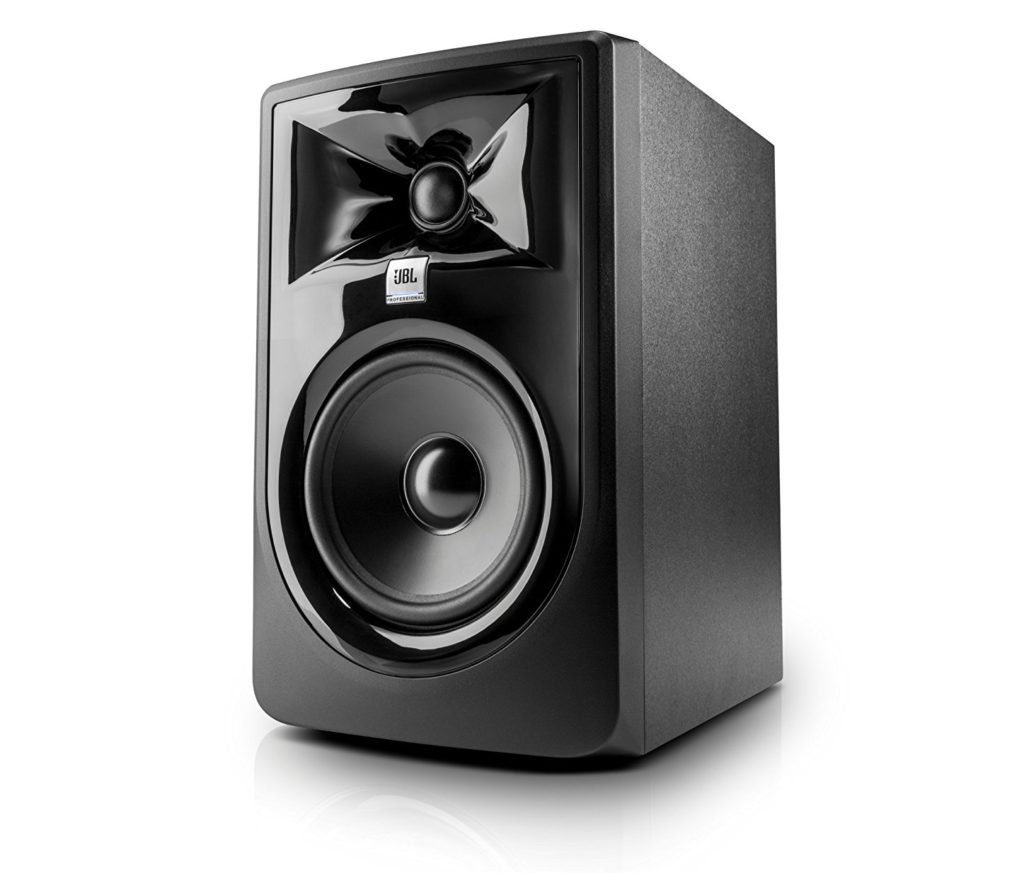
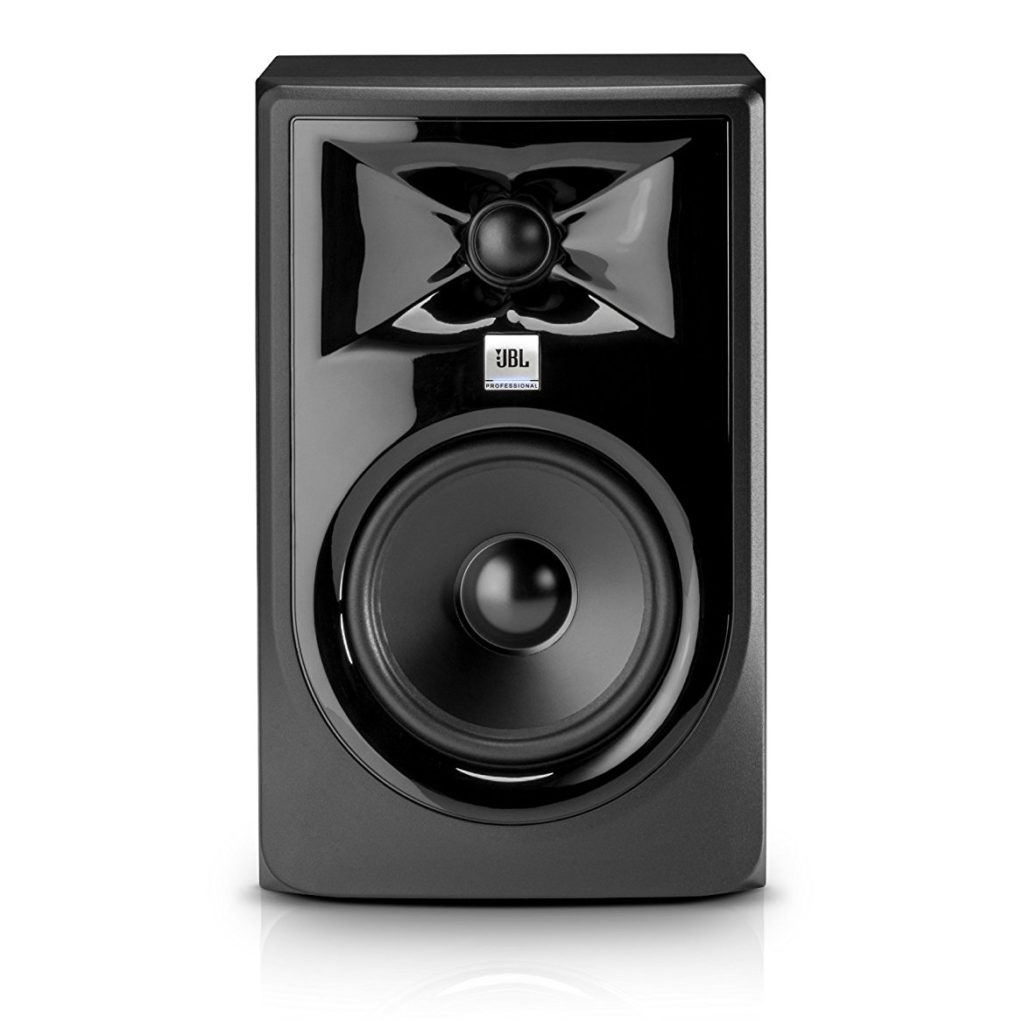
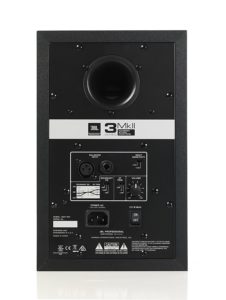


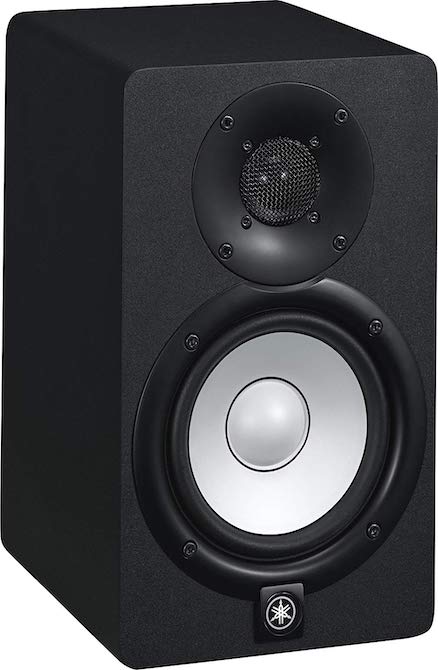
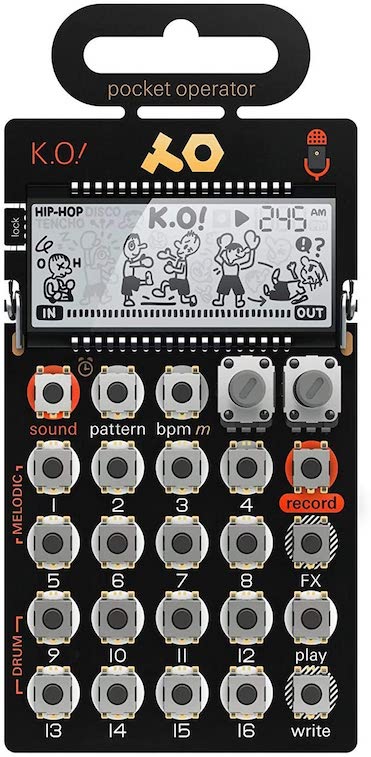


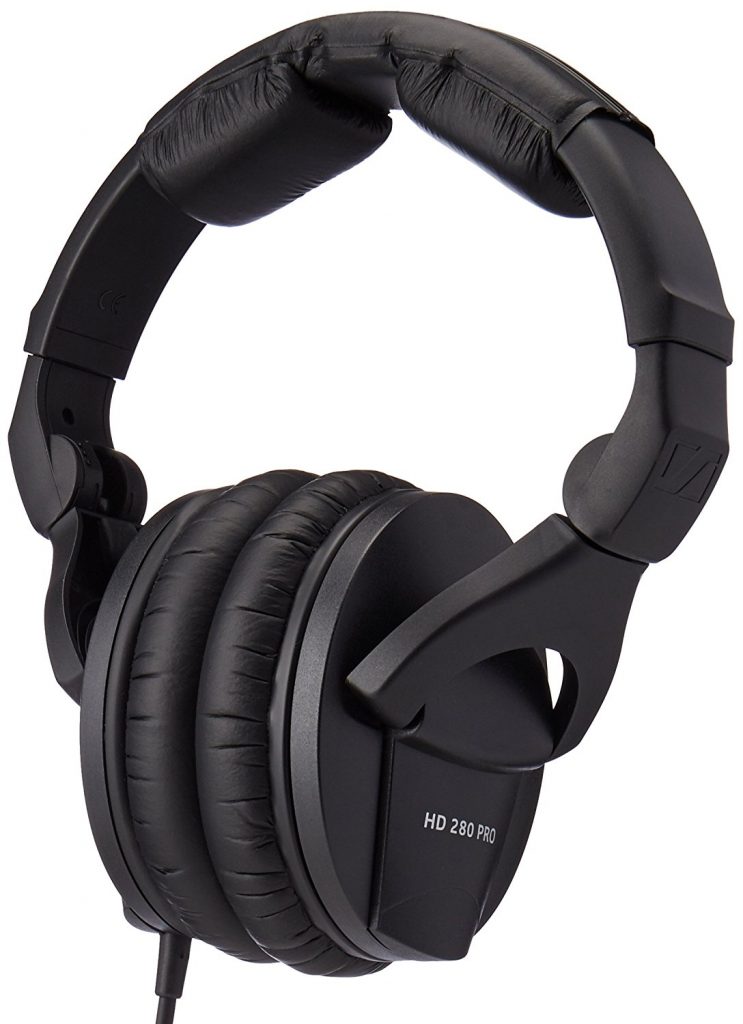
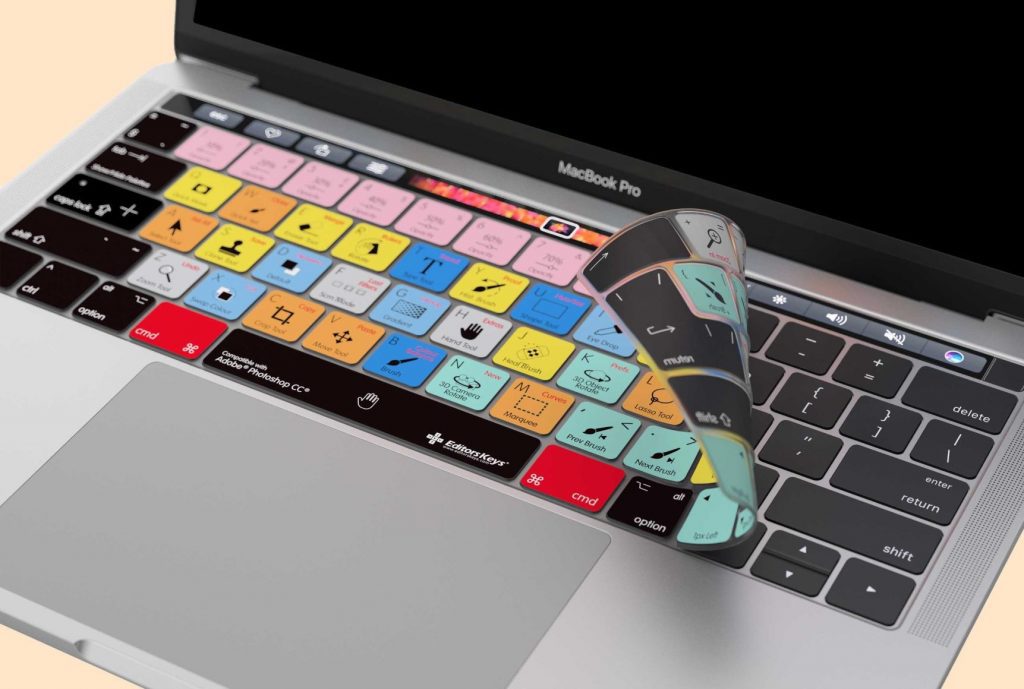










[…] monitor in its price-range. Compare their look to the popular KRK Rokit 5 G3’s or JBL 305P MKII’s and you’ll probably […]
[…] Review: JBL 305P MKII – AudioGearz […]
[…] Review: JBL 305P MKII – AudioGearz […]
[…] Review: JBL 305P MKII – AudioGearz […]
[…] Review: JBL 305P MKII – AudioGearz […]
[…] Review: JBL 305P MKII – AudioGearz […]
[…] Review: JBL 305P MKII – AudioGearz […]
[…] Review: JBL 305P MKII – AudioGearz […]
[…] Review: JBL 305P MKII – AudioGearz […]
[…] Review: JBL 305P MKII – AudioGearz […]
[…] experience the same levels of bass that you would experience with the popular KRK Rokit 5 G3 or the JBL 305P MKII, for example. Although the bass roll-off of the Yamaha HS5 begins modestly, it still begins at […]